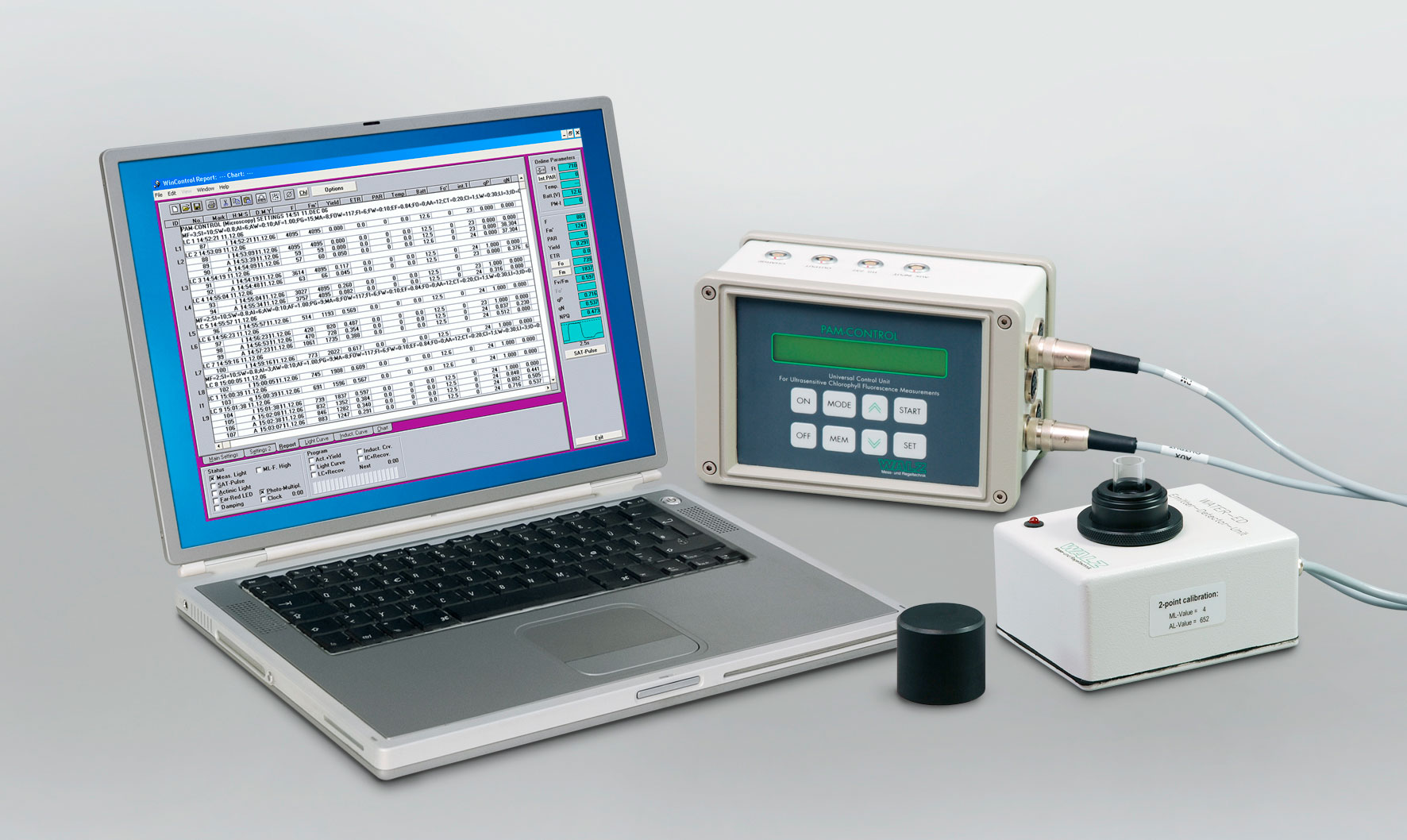We have been collecting the megalopae life stage of Dungeness crab along the Oregon coast and extracting DNA from these individual megalopae. The next step is to sequence the Dungeness crab megalopae DNA so we can conduct statistical analyses that will help us understand how oceanographic conditions impact the Dungeness crab megalopae recruitment and the genomic composition of Dungeness crab along the West Coast of the United States.

Dungeness Crab Larval Recruits in Yaquina Bay,
Newport, Oregon (Megalopae)
Before jumping into the details to genomic sequencing, imagine you are given a stack of 100 cover-less books and told that there are several different book series mixed within this stack. You are asked to categorize the books by series.

What if you were given a pile of 100 books and asked to categorize them by book series?
You could read every book, but this might take a very long time… And, it may not be necessary to read every book cover-to-cover if your only goal is to categorize the books by series and not necessarily understand the storyline details of each book. Right?
So, what if instead of reading all 100 books, you systematically read the first paragraph of each chapter. Would you have enough information about each book to group the books into series? Chances are that each series has their own characters, settings, themes, or writing styles. By reading the first paragraph of each chapter in each book, you would be able to pick-up on the characters, settings, themes, or writing styles of each book that differentiate each series. You could then group the books together that had the same characters, settings, themes, or writing styles.
We do something similar with Dungeness crab DNA. Sequencing the Dungeness crab megalopae DNA involves reading the ‘A’s, ‘T’s, ‘G’s, and ‘C’s that make up the DNA and then comparing the patterns of ‘A’s, ‘T’s, ‘G’s, and ‘C’s between individual crab megalopae to look for differences. Considering that the size of the Dungeness crab genome (all of its DNA) is quite large, it would be a costly, time-intensive, and computationally-intensive process to sequence the entire genome of every megalopae we want to analyze.
After collecting Dungeness crab megalopae and extracting DNA from individual megalopae, we use sequencing machines to read the DNA. But instead of reading the entire genome, we read many small sections from across the genome. This type of DNA sequencing is called reduced representation sequencing. Similar to the pile of books example, after this type of sequencing we couldn’t tell you everything about the genome of that particular Dungeness crab, but we would know enough about the individual crabs (or “books”) to tell if they are different from each other and if they were members of different groups (or from different “book series”).

Reduced Representation Sequencing (Truong 2012)
If the groups of crabs (“book series”) differentiate significantly, we can call them different populations. Alas, this is why we call ourselves population geneticists. We know that all Dungeness crab are of the species Dungeness crab (Cancer magister) and that all “books” are of the species “book.” But with population genetics, we are looking within species to to determine if there are sub-populations (or “book series”) within the species. Because of the social, economic, and ecological value of the Dungeness crab species along the West Coast, it is important that we understand the population genetics of the species so that we can continue to sustainability harvest this valuable fishery.

Dungeness Crab Commercial Fishery



































